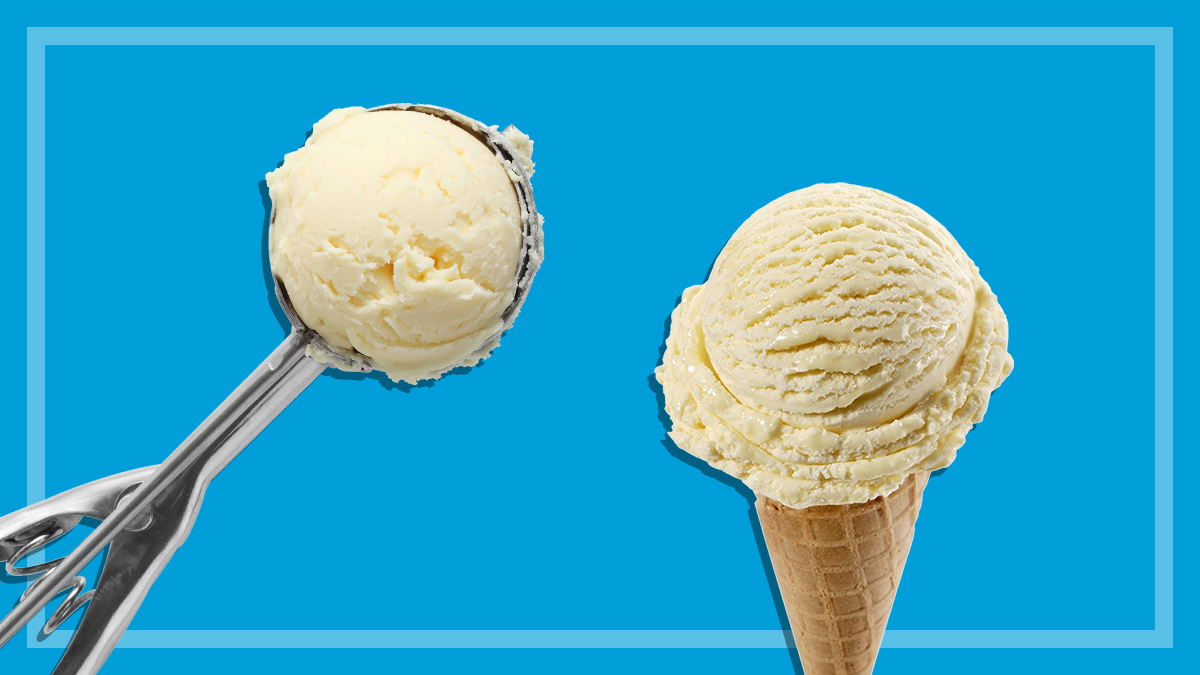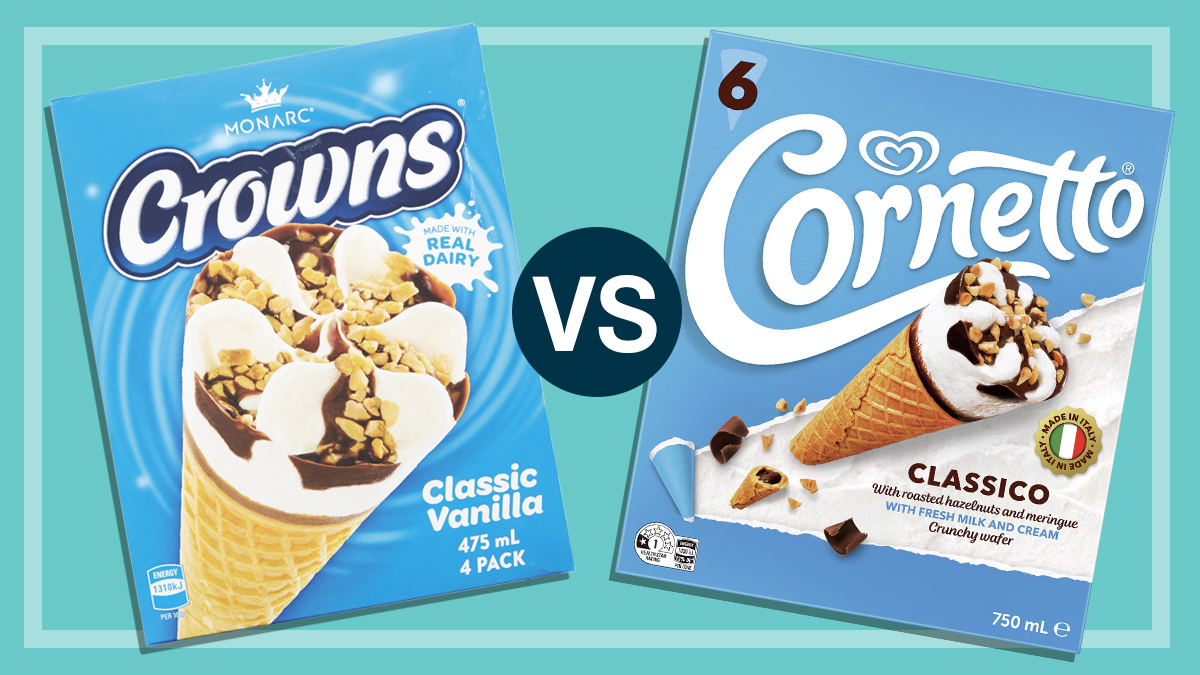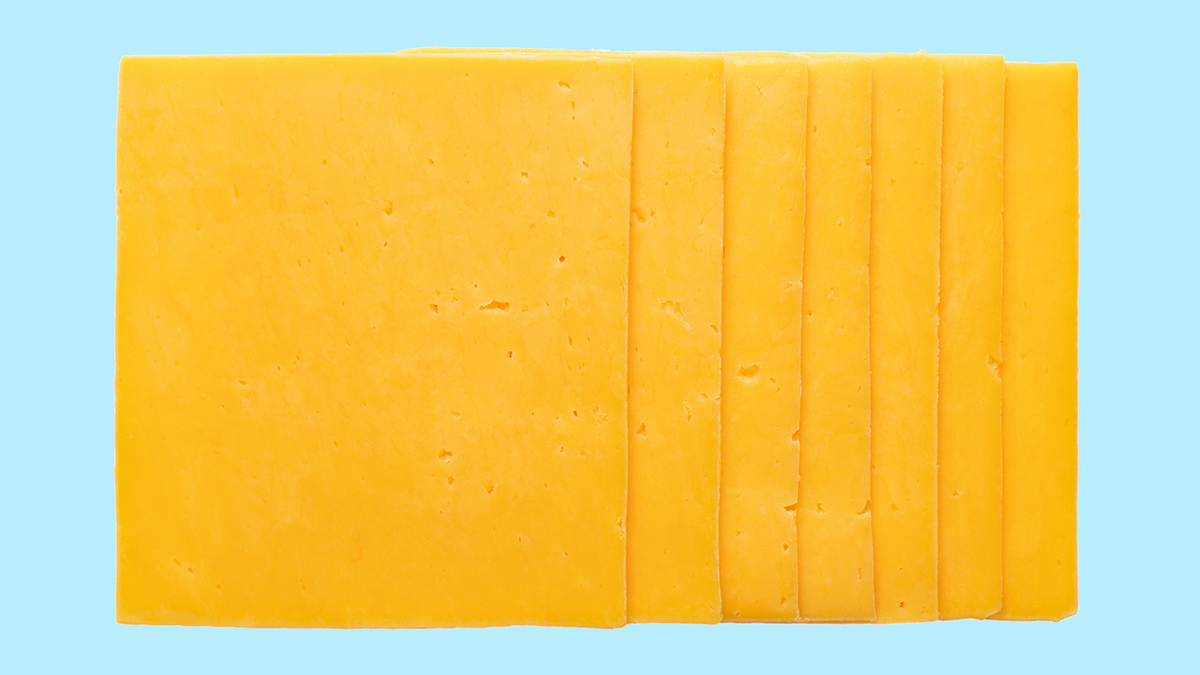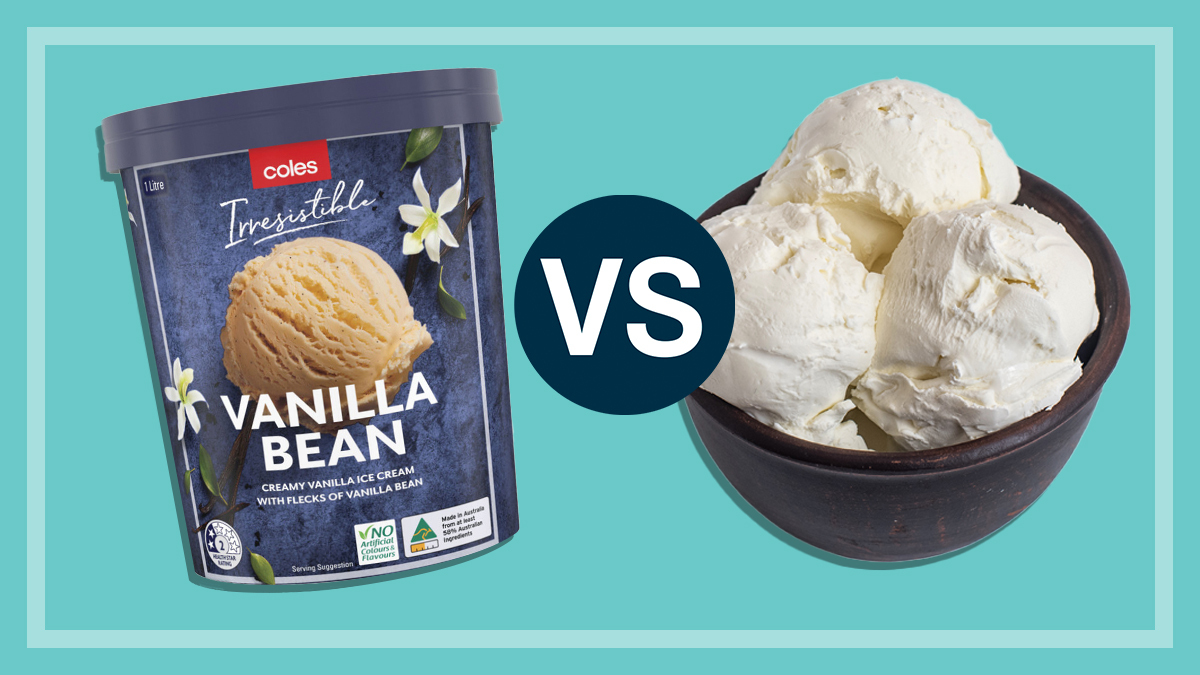Get our independent lab tests, expert reviews and honest advice.
How to choose a healthy yoghurt
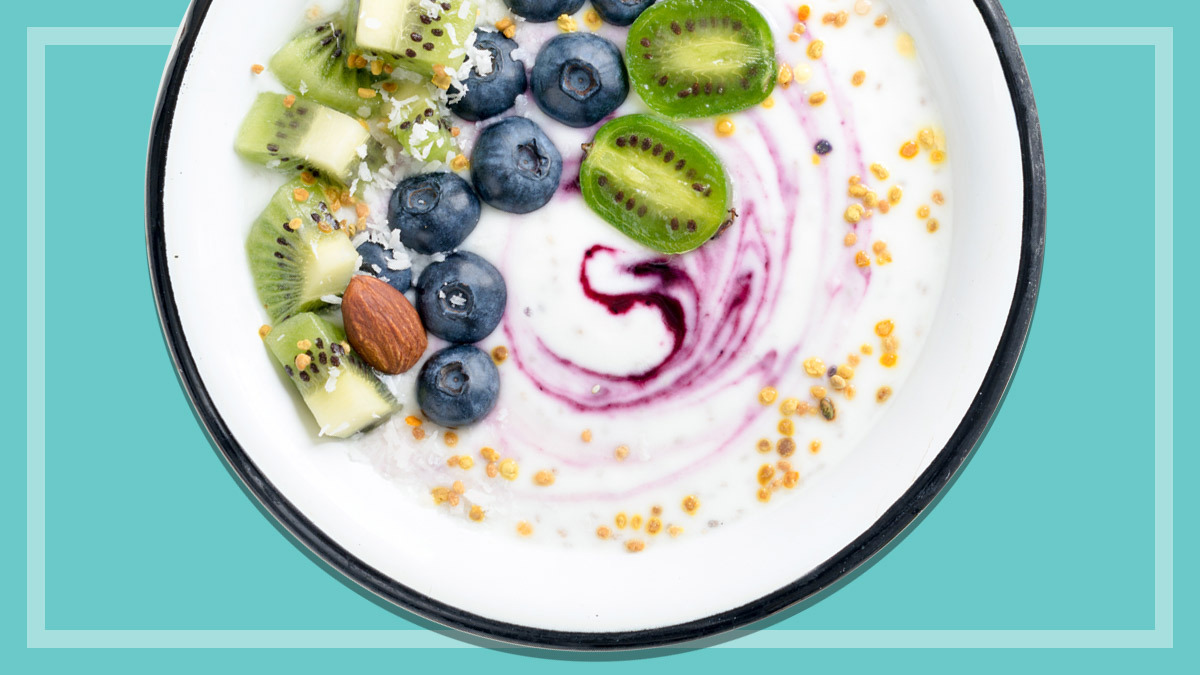
Yoghurt (also spelled “yogurt”) is often marketed as a healthy, calcium-rich choice. Yet some of the yoghurt products in the supermarket fridge are closer to a dessert than a health food.
On this page:
- Is yoghurt good for you?
- Is coconut yoghurt good for you?
- Is Greek yoghurt healthy?
- Yoghurt glossary
- Does all yoghurt have probiotics?
We look beyond the hype and show you how to pick the nutritious from the simply delicious.
Is yoghurt good for you?
The answer is sometimes yes, sometimes no.
At its simplest, yoghurt contains milk and live cultures (bacteria) that cause the milk to ferment, creating a distinctive sour taste. But modern commercial yoghurts can have extra ingredients such as sugar, cream, thickeners, gums, starches and flavours.
So how do you choose a healthy yoghurt from the plethora of products in the supermarket chiller? Here’s what you need to consider.
Added sugar
“The healthiest yoghurt choice is low- or no-fat plain yoghurt,” says Kate Gudorf, an accredited practising dietitian and spokesperson for the Dietitians Association of Australia.
If you’re buying flavoured yoghurt, Gudorf recommends trying to find one with less than 12g of sugars per 100g.
“Natural or plain yoghurt has around 6g of sugars per 100g due to the naturally occurring carbohydrate lactose. Anything above 6g will be added sugar, generally in the form of fruit puree, juice concentrates and sugar,” she says.
And if you want to sweeten it yourself, simply add some chopped fresh fruit.
Calcium
Calcium is a major health drawcard, but there are wide variations in calcium levels in different yoghurt products. “This often comes down to the difference in processing methods,” says Gudorf, “as some manufacturers add extra milk solids, which add calcium. Others, such as strained Greek yoghurt, remove liquid whey, which reduces calcium levels.”
In order to make a “good source of calcium” claim, a serving of yoghurt must contain at least 200mg – 25% of the recommended dietary intake (RDI).
Serving size
The Australian Dietary Guidelines say a serve of yoghurt is ¾ cup or 200g. If you want a yoghurt to eat on the go, look for a pot that’s 200g or less. A “between meals” snack should have no more than 600kJ.
Product format
- Breakfast yoghurts – Packaged breakfast yoghurt pots with muesli are an easy option, but the convenience can come at the cost of huge sugar levels.
- Dessert disguised as yoghurt – Sugary dessert products can appear on the shelves alongside healthier offerings for children. As most products aimed at kids have classic pester-power characteristics – bright packaging splashed with recognisable cartoon characters or cutesy images – it’s very easy for any harried parent to grab a package your child likes the look of without checking the ingredients and sugar levels. A product that has the word “dessert” on the packaging should ring alarm bells.
- “Squeezy” yoghurt pouches – Aimed at babies and kids, these portable yoghurts are convenient and popular. Many also contain a worthwhile amount of calcium and minimal added sugars, so are a good choice when it comes to packaged snacks for children. But if you’re after great nutrition at a fraction of the cost, and want to avoid unnecessary added sugars, additives and excessive packaging, it’s hard to beat regular natural yoghurt for kids.
Is coconut yoghurt good for you?
The passion for all things coconut (for example, coconut oil and coconut water) extends to the yoghurt aisle.
It’s dairy-free, so suitable for vegans and people with milk allergies or intolerances. But just like coconut oil, coconut yoghurt is a high-kilojoule, high-saturated-fat choice. It also contains negligible calcium and is lower in protein than other types of yoghurt.
Is Greek yoghurt healthy?
Greek yoghurt is generally considered to be highly nutritious, helped in part by its association with the heart-healthy Mediterranean diet.
Traditionally it was made by straining out the liquid whey, which concentrated its protein (and therefore its overall nutrient) content. The resulting thick and creamy product is often higher in fat and protein than other natural yoghurts.
But in fact there’s no requirement in Australia for Greek-style yoghurt to be made in a certain way or contain particular ingredients. And in our review of 22 Greek yoghurts, the amounts of beneficial (and less desirable) nutrients varied widely.
Yoghurt glossary
Biodynamic
An ethical-ecological approach to agriculture that focuses on the relationship of soil, plants and animals. Like organic, it emphasises sustainability and does not involve chemicals in production.
Frozen yoghurt
Frozen yoghurt is often marketed as a low-fat, low-kilojoule, high-calcium healthy treat. It may be based on the concept of yoghurt, and have a similar sour and tangy flavour, but frozen yoghurt tends to be high in added sugar and is best treated as a milk-based dessert.
Greek-style
Not strained and often containing thickeners such as cream, milk solids, gelatine and gums, which are added to create a creamy texture.
Kefir
Traditionally made by adding fermented kefir grains to room-temperature milk. Commercial powdered kefir starters are often used these days.
Lactose-free yoghurt
Made by adding an enzyme during processing that breaks down the lactose into simple sugars, it’s safe for those who are intolerant to lactose.
Natural or plain yoghurt
Yoghurt without flavouring or added sugar.
Pot set
Milk and live cultures are added straight to the pot, which, makers claim, means thickeners such as gelatine need not be added.
Skyr yoghurt
Skyr, or Icelandic-style, yoghurt claims to be lower in fat and higher in protein than regular yoghurt.
Strained
When liquid whey is strained out after yoghurt sets, this concentrates the protein content. Products that make claims about their high protein content, such as well known brand Chobani, are often strained, as is traditional Greek yoghurt.
Does all yoghurt have probiotics?

Probiotics – “friendly” bacteria that can help restore the balance of microflora in the gut – are sometimes added to yoghurt, often for the purpose of marketing differentiation. But while some products specify the genus and/or species (Lactobacillus acidophilus, Bifidus and Lactobacillus casei, for example), most don’t list how much, so you have no idea how much – or how little – bacteria is in them.
“The trouble with probiotics is there are many factors that affect whether the bacteria survives,” says Gudorf. “For those products that do list the number of probiotic cultures on the packaging, that number reflects the amount of bacteria added at the time of production. But bacteria can be affected by storage, air, light and moisture, and there is no guarantee that the bacteria survives in the yoghurt to colonise the gut.”
Bacteria can be affected by storage, air, light and moisture, and there is no guarantee that the bacteria survives in the yoghurt
Kate Gudorf, Dietitians Association of Australia
If conditions are right and the bacteria survives, you’d need to eat 100 million colony-forming units (CFU) regularly every day to increase the activity of good bacteria. And, says Gudorf, probiotics by themselves are not enough to increase the activity of good bacteria. You should also eat 10g per day of prebiotics, which are non-digestible carbohydrates that act as food for the good bacteria.
“Don’t eat yoghurt just to get probiotics,” advises Gudorf. “If you’re concerned about gut health see a dietitian who specialises in this field who can set up a diet plan and direct you to the correct bacteria strain.”

